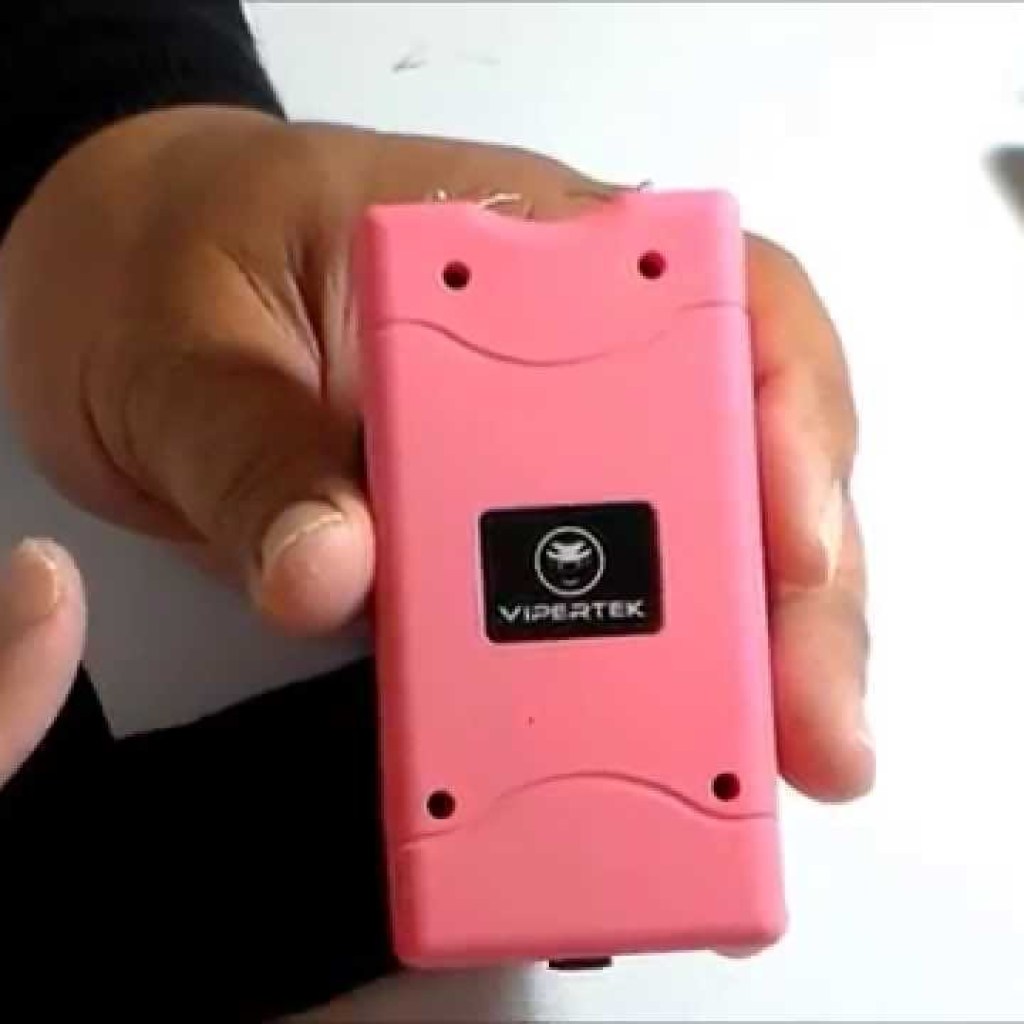Table of Contents
- Understanding the Causes of Stun Gun Overheating and Its Risks
- Essential Safety Precautions When Handling an Overheating Stun Gun
- Effective Cooling Techniques to Prevent Damage and Ensure Longevity
- Maintenance Tips to Minimize Overheating and Enhance Performance
- Insights and Conclusions
Understanding the Causes of Stun Gun Overheating and Its Risks
Stun guns can overheat quickly due to several factors that, if ignored, not only impair the device’s functionality but also pose potential safety hazards. Excessive use without adequate cooling intervals is one of the primary triggers. When the stun gun is fired repeatedly in a short span, the internal components, particularly the capacitor and transformer, struggle to dissipate heat efficiently. This thermal buildup can lead to battery damage, reduced performance, or even cause the outer casing to become uncomfortably hot to touch. Another common cause is exposure to high ambient temperatures or direct sunlight, which exacerbates internal heating and accelerates the risk of malfunction.
Understanding these risks is crucial for responsible handling. Operating a stun gun when overheated can lead to electrical shorts or permanent internal damage. Additionally, users might experience burns or electrical shocks if the casing becomes compromised. To mitigate these risks, it’s important to adhere to manufacturer guidelines and be aware of environmental conditions. Key contributors to overheating include:
- Continuous firing with insufficient cooldown periods
- Charging with incompatible power sources or faulty chargers
- Storing the device in hot or humid environments
- Using the stun gun beyond its rated operational cycles
Essential Safety Precautions When Handling an Overheating Stun Gun
When dealing with a stun gun that is rapidly overheating, your primary focus should be on preventing injury and avoiding damage to the device. Always disconnect the stun gun from any power source immediately after noticing excessive heat. Avoid touching the heated parts directly; instead, allow the device to cool naturally in a well-ventilated area. Do not attempt to cool it with water or any liquid, as this can cause electrical hazards or permanent damage. Keep the stun gun away from flammable materials and ensure children or pets cannot access it during this vulnerable state.
To further protect yourself and others while managing an overheating stun gun, adopt these crucial safety habits:
- Inspect the device regularly for any signs of wear, damage, or malfunction that could contribute to overheating.
- Use the stun gun sparingly with short bursts to prevent continuous heating of internal components.
- Store the device properly in a cool, dry place away from direct sunlight or heat sources.
- Adopt manufacturer guidelines for usage duration and charging cycles to maintain optimal performance and safety.
Effective Cooling Techniques to Prevent Damage and Ensure Longevity
Overheating can significantly reduce the efficiency and lifespan of your stun gun, so implementing effective cooling methods is crucial. One of the easiest ways to manage heat buildup is to give your device regular cooldown breaks during heavy use. Avoid continuous discharges that cause the internal components to rise in temperature rapidly. Additionally, storing your stun gun in a well-ventilated area, away from direct sunlight or enclosed spaces, allows heat to dissipate faster, preventing internal damage.
For enhanced cooling, consider these practical tips:
- Use cooling pads or small fans: Portable cooling pads or USB-powered fans can help reduce external surface temperatures.
- Apply thermal conductive materials: Thermal paste or heat-dissipating pads can be applied around key components if you’re comfortable opening the device.
- Maintain a moderate environment: Operating the stun gun in cooler, shaded environments helps prevent quick temperature spikes.
- Regular maintenance: Keeping the internal contacts clean ensures proper electrical flow, which reduces excess heat production.
Maintenance Tips to Minimize Overheating and Enhance Performance
To keep your stun gun operating efficiently, regular upkeep is crucial. Start by ensuring the unit is clean and free from dust or debris, especially around the electrodes and ventilation areas. Use a soft, dry cloth to wipe the surface after each use, avoiding any liquids that might cause internal damage. Additionally, store the stun gun in a cool, dry place to prevent heat retention and potential battery wear. Always check the battery’s condition before use; a weak battery can cause the device to overheat quickly due to increased power consumption.
Consider these essential maintenance practices:
- Charge the stun gun only with the manufacturer’s recommended charger to avoid overheating from electrical surges.
- Limit continuous use to short intervals to give the device time to cool down, preventing overheating.
- Inspect for any signs of wear or damage regularly, such as cracks or corrosion, which can impair performance and safety.
- Keep firmware updated if your stun gun supports software upgrades, ensuring optimized power management and safety features.
Insights and Conclusions
In conclusion, managing a stun gun that overheats quickly requires a blend of proactive care and mindful usage. By understanding the device’s limits, allowing proper cooling intervals, and maintaining it regularly, you can ensure both your safety and the stun gun’s reliability when you need it most. Remember, safety comes first-never attempt to override built-in safeguards or use the device beyond its recommended capacity. With these best practices in place, you can confidently handle your stun gun without compromising its performance or your well-being. Stay safe and stay prepared!Check Our Other Blogs
- StunGun – Your Trusted Source for Stun Guns, Laws, and Self-Defense Tips
- PepperSprayLaws – Your Trusted Resource for Pepper Spray Information
- StunGunLaws – Your Trusted Guide to Stun Gun Legality and Safety





